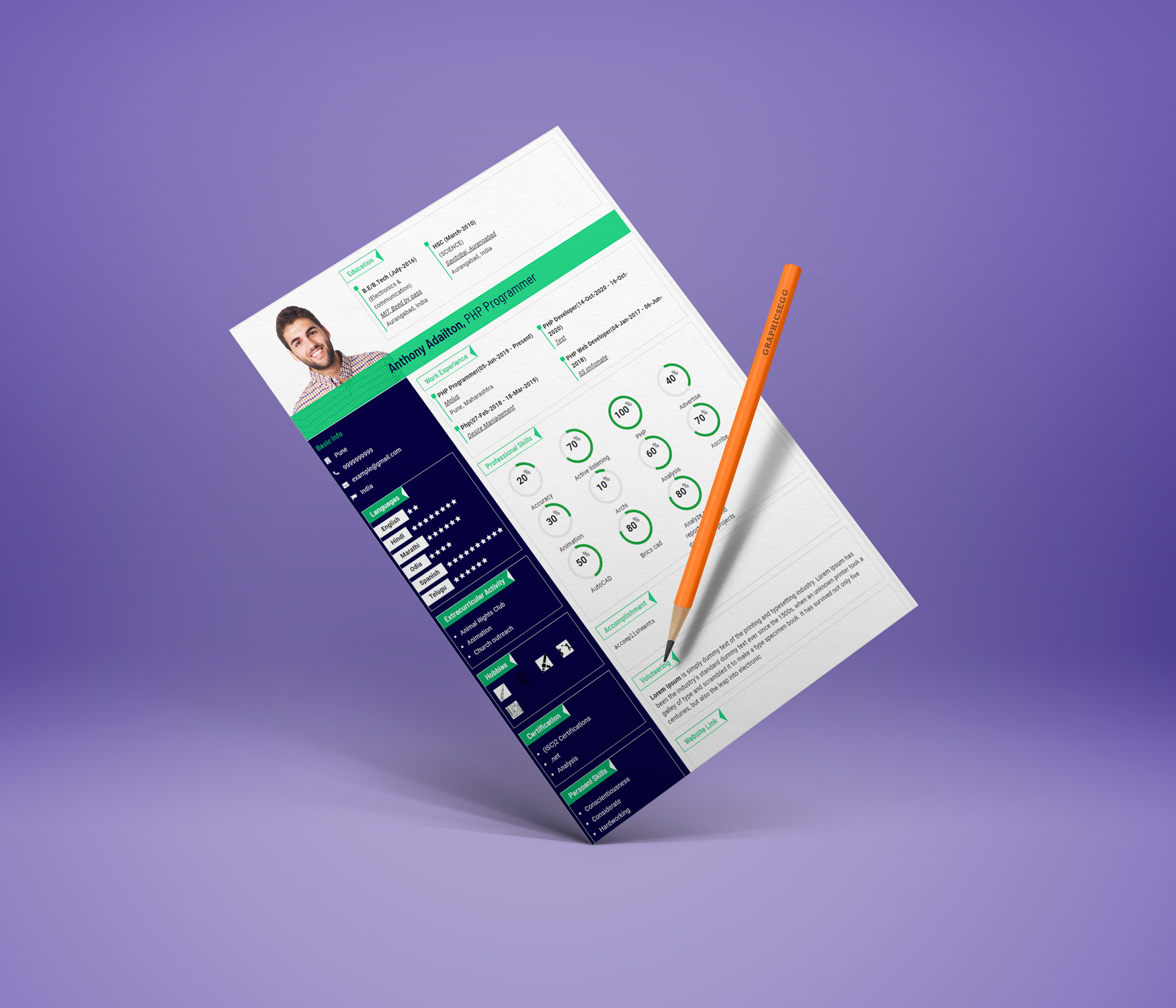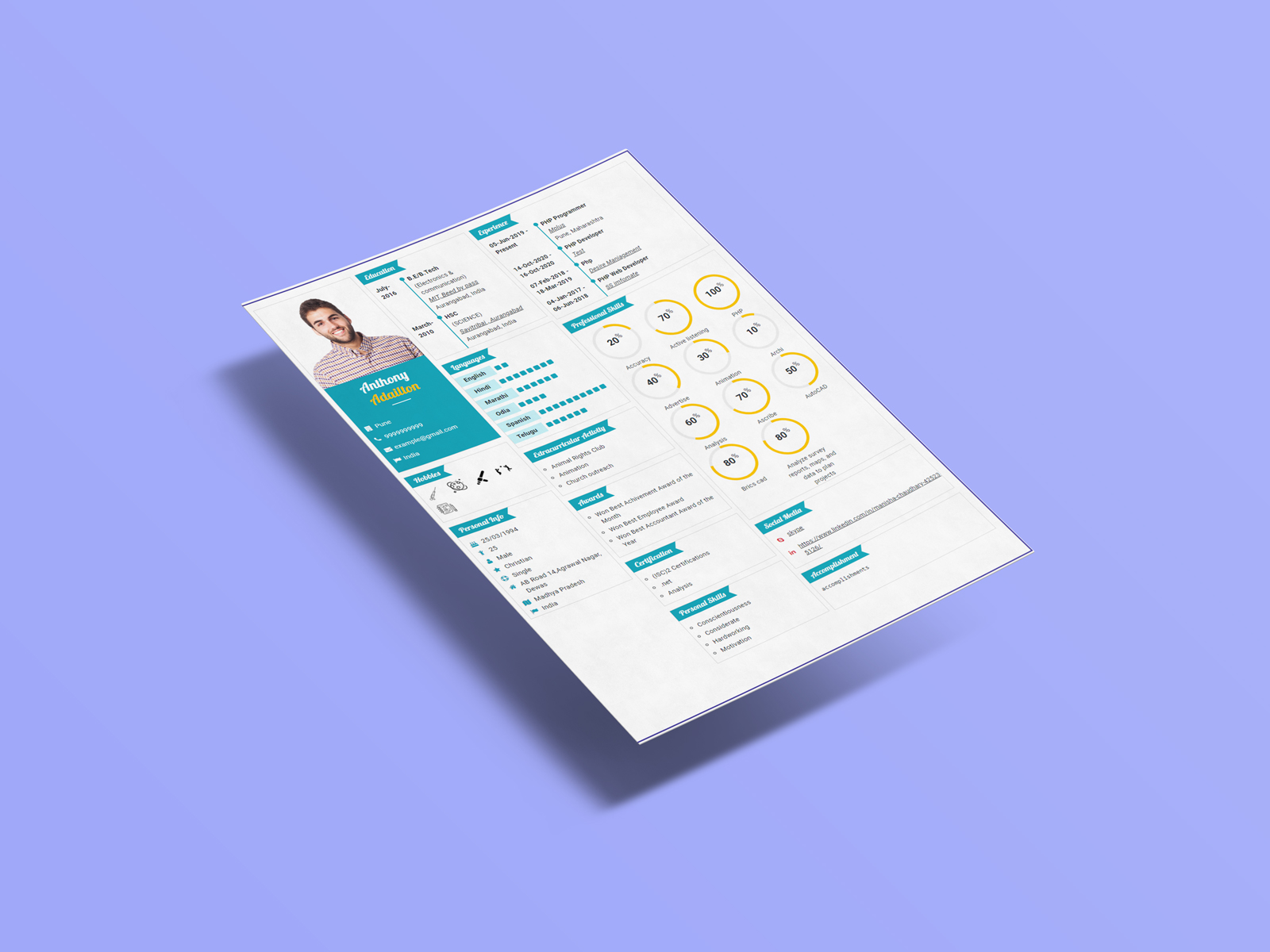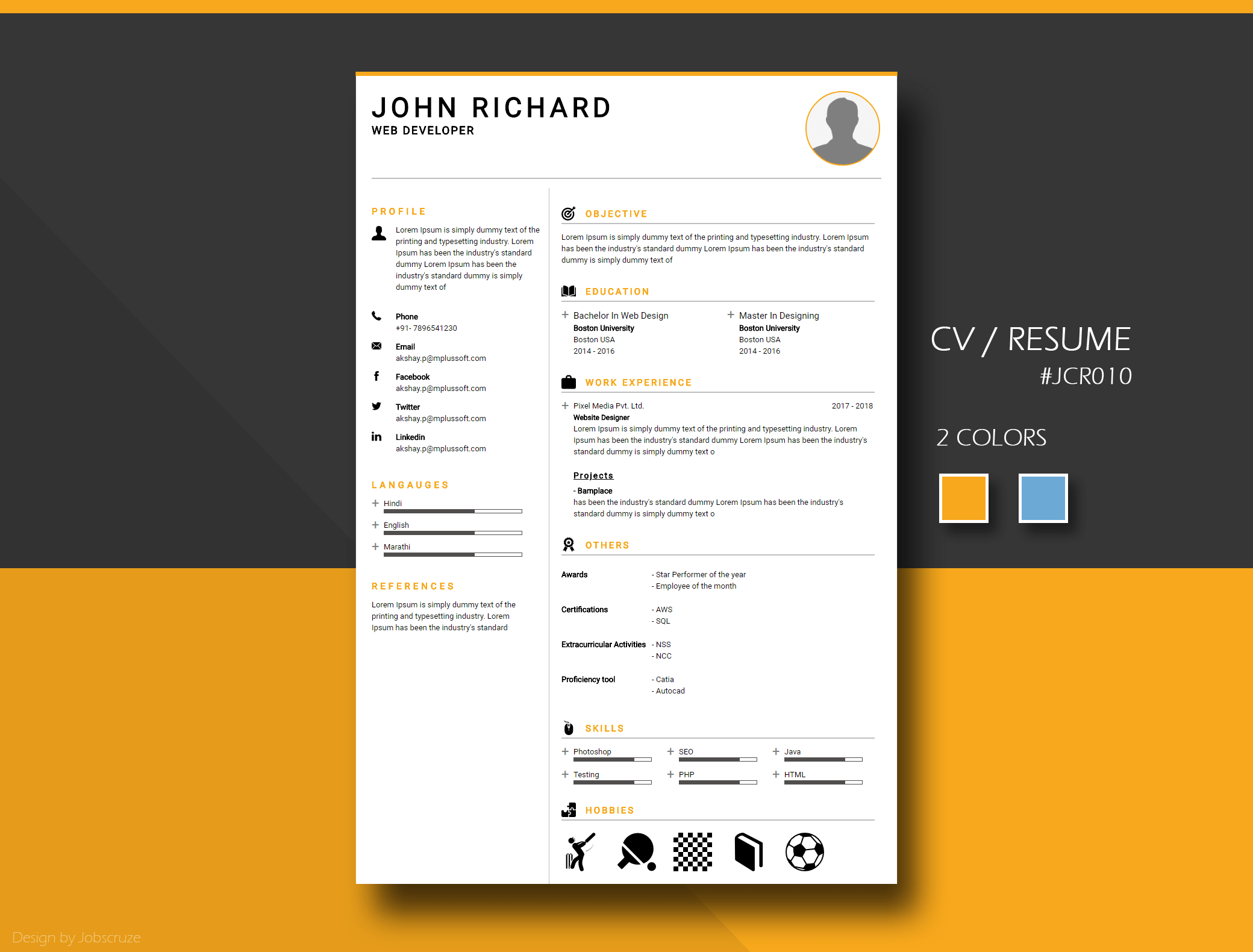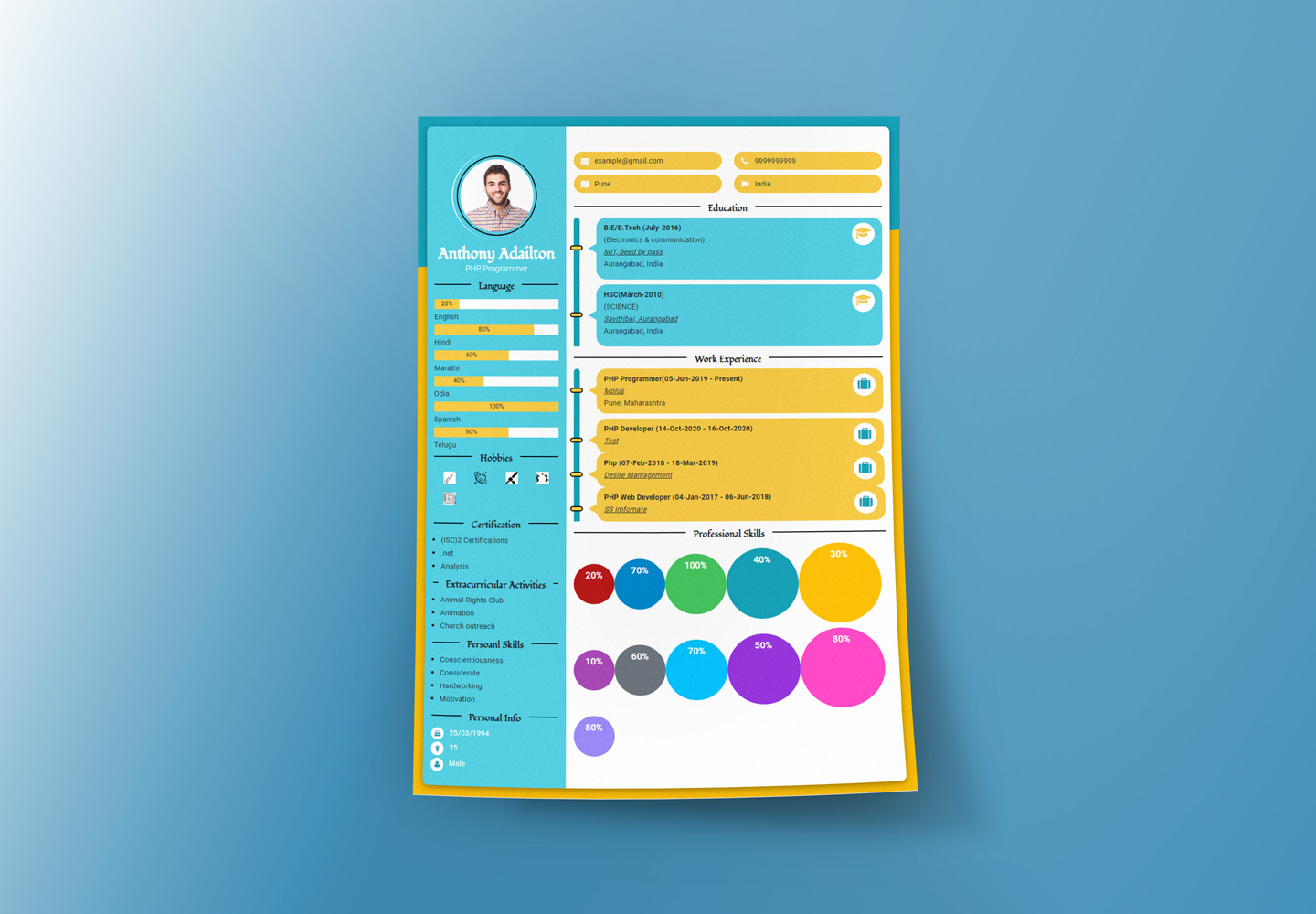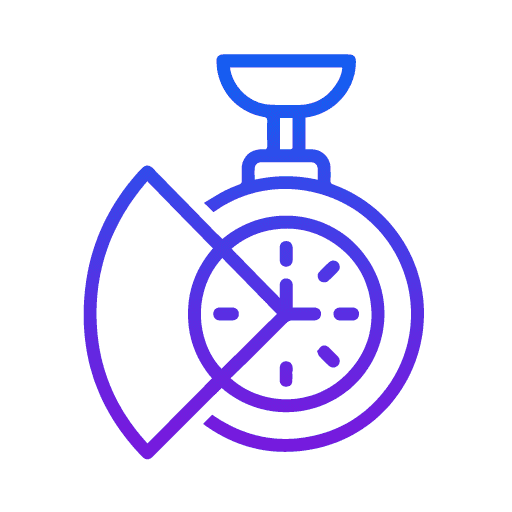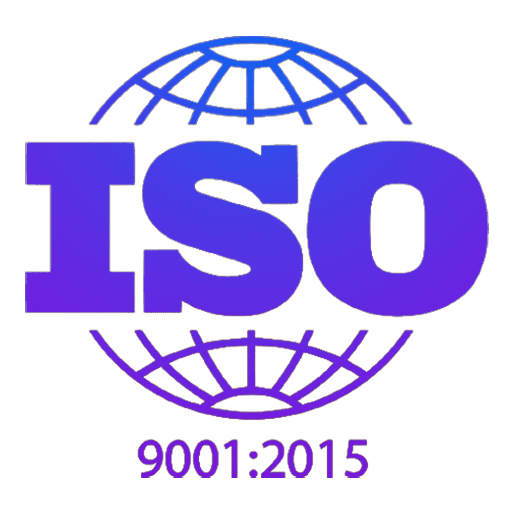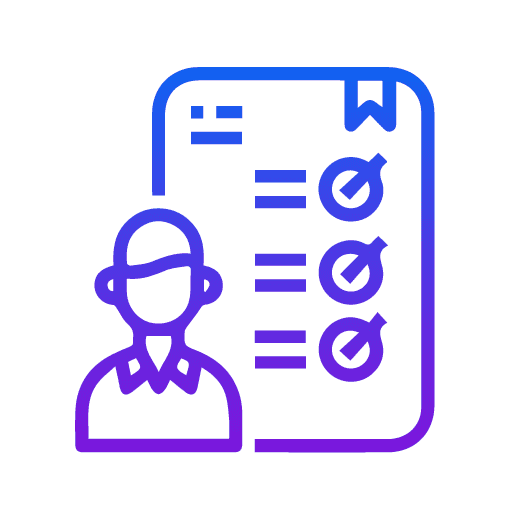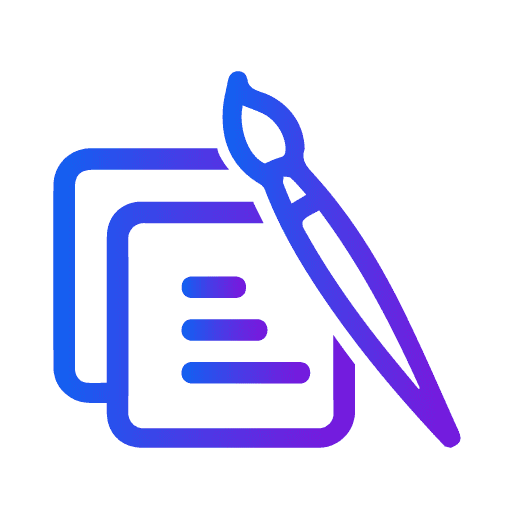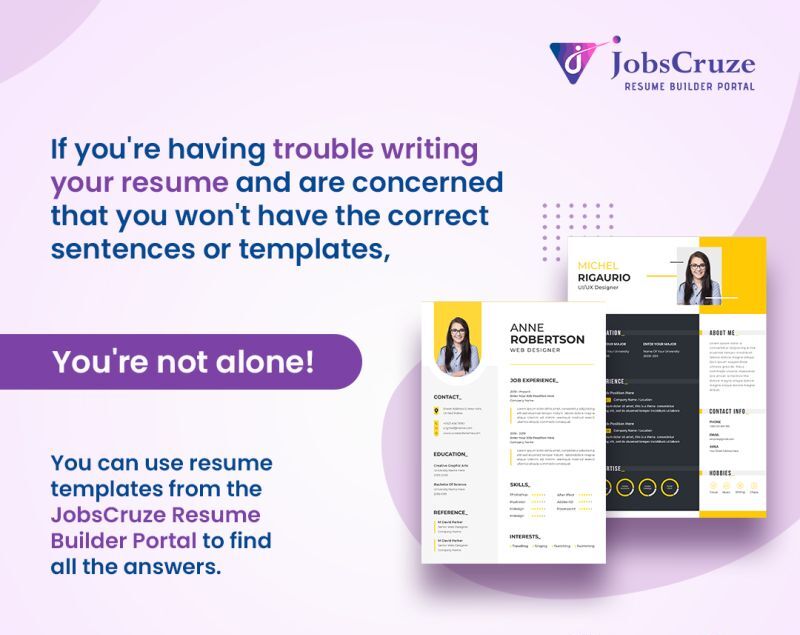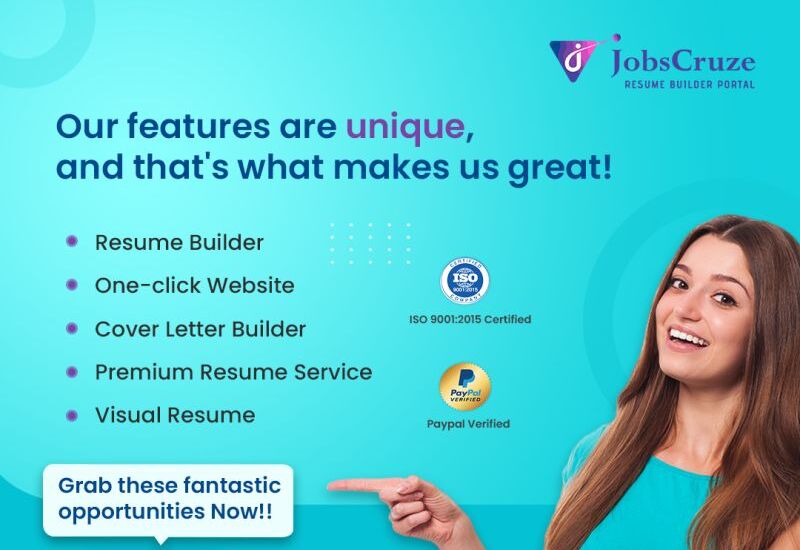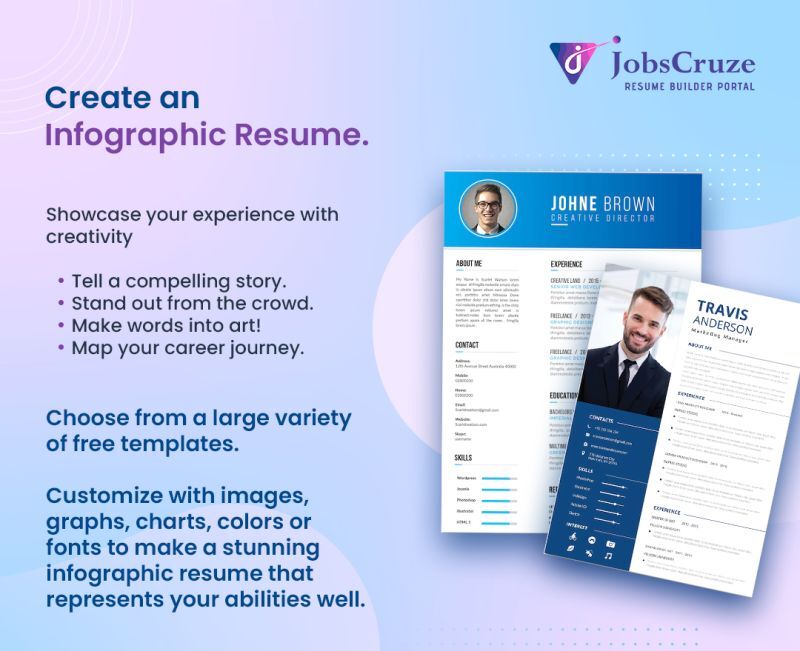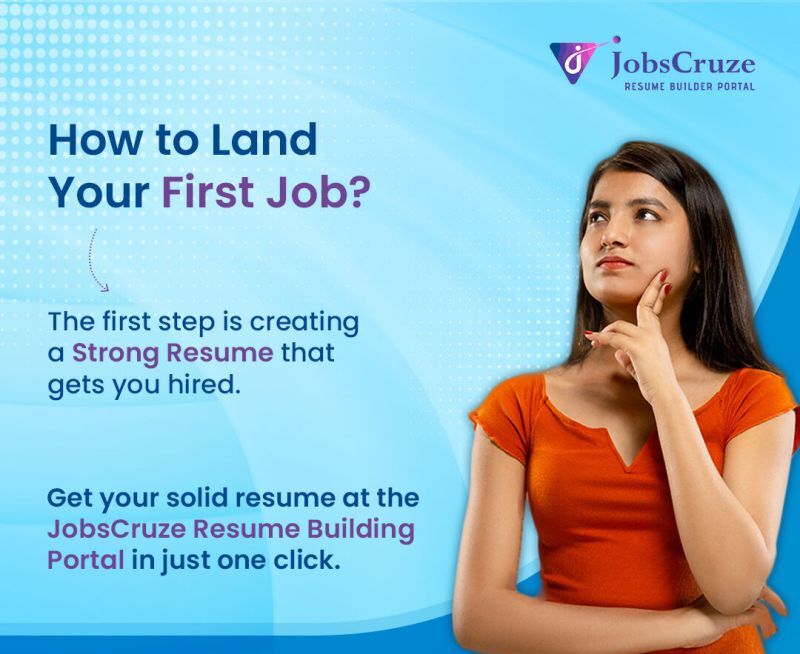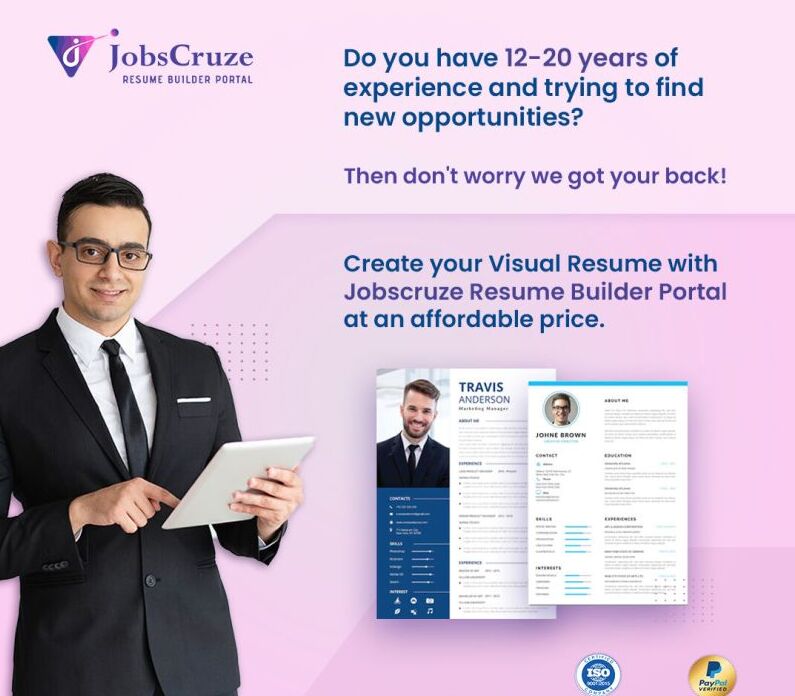Commonly asked questions
If you cannot locate the information you need here, feel free to inquire. Our customer service team is ready and willing to assist you
An infographic resume, also called a visual resume, uses graphic design elements like colors, fonts, layouts, charts, and images to present your professional experience in a visually appealing way.
Infographics allow you to tell a story that traditional resume formats hinder. Graphics guide a recruiter's eye to the important parts of your story and emphasize the points you want to highlight.
There is no difference - an infographic CV and a visual CV are the same thing. They are creative alternatives to traditional resume formats that can attract attention and showcase your qualities as an ideal candidate.
- The five key elements of designing an effective infographic are
- The five key elements of designing an effective infographic are
- Attracting attention and creating excitement
- Communicating information accurately and clearly
- Keeping it simple and easy to understand
- Guiding the viewer's eye through the content
- Using visuals to explain rather than relying on words
There is no difference - an infographic CV and a visual CV are the same thing. They are creative alternatives to traditional resume formats that can attract attention and showcase your qualities as an ideal candidate.
A visual resume is a resume where the design contributes to the impact alongside the content. This might involve creative section designs, splashes of color, icons, or graphics to highlight skills and experience.
- The five key elements of designing an effective infographic are
- It stands out from traditional resumes, grabbing attention
- It conveys a quick, effective message in a tidy presentation
- It pulls together your skills and experience visually
- It looks professional and special on job boards and social media








